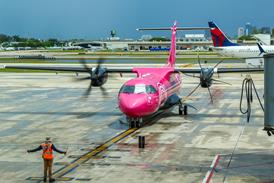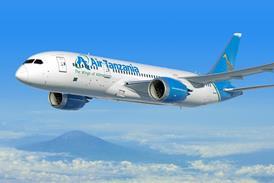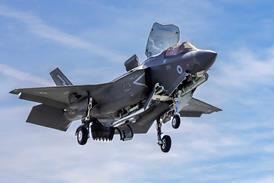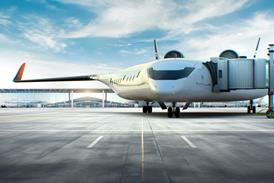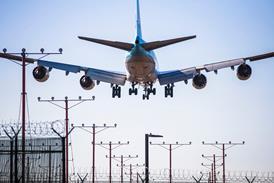Singapore’s Changi Airport Group has broken ground for its Terminal 5 project, as it offers a first glimpse of what the mega-terminal will look like when it opens in the mid-2030s.
Terminal 5 – Changi’s first new passenger terminal in almost 20 years – will be capable of handling around 50 million passengers a year when operational.

Artist impressions reveal a main terminal building with a satellite concourse. There will be 71 contact stands – all capable of handling widebody aircraft – with another 47 remote stands.
Home carriers Singapore Airlines and Scoot set to shift and consolidate operations to the new terminal when it opens, a move it says will provide “space for our future growth and enhancing operational synergies”. The SIA group’s operations are currently split across three of Changi’s four passenger terminals.
“We are committed to working closely with Changi Airport Group to ensure that Terminal 5 provides a world-class ground experience for customers when they arrive, depart, or transit through our home base,” states SIA Group.
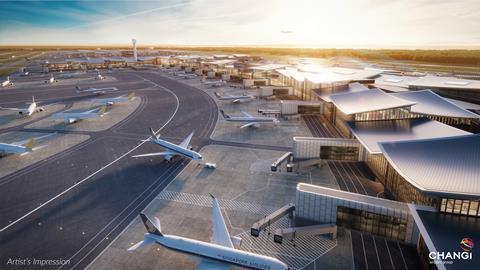
CAG adds that there “will also be room” for other carriers to expand their operations at Terminal 5 and Changi’s other terminals. With five terminals in operation, the operator also expects the number of air links to grow from the present 170 cities to over 200 points.
The groundbreaking ceremony on 14 May kickstarts a series of major construction projects for the terminal, including foundation and basement works. Beyond 2026, CAG expects to award contracts for the construction of the terminal building structure.
The new terminal forms part of the wider Changi East development, which will also include a third runway, as well as an industrial zone to house aerospace and cargo operations.
The third runway has already been constructed and will be operational “before we operationalise Terminal 5”, says CAG.
The total project cost comes to around “tens of billions of dollars”, says the airport operator, which declines to provide a specific cost breakdown. The project is funded by the Singapore government, CAG, as well as airline charges and passenger fees.
Plans to build a fifth passenger terminal at Changi were first announced in 2013, amid anticipation of air traffic growth in the region.
Development plans were put on pause in 2020 amid the Covid-19 pandemic. CAG and the Singapore government reviewed the terminal’s design to “meet the needs of post-pandemic travel”. In 2022, work on the project resumed, with a revamped design unveiled.
The construction of Terminal 5 comes as other airports in the region embark on expansion works. Hong Kong international airport operationalised its three-runway system in November 2024, capping off a multi-year effort to grow capacity, while Bangkok’s Suvarnabhumi airport opened a new satellite terminal in early 2025 and is constructing a third runway.

